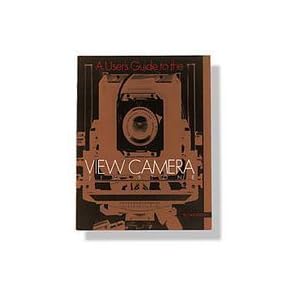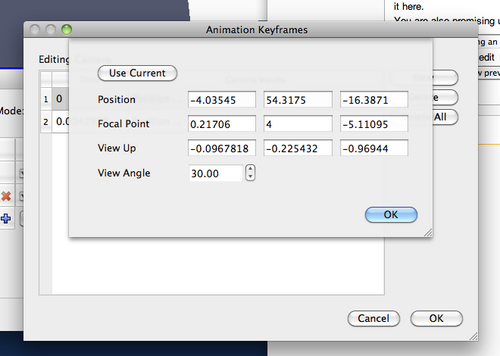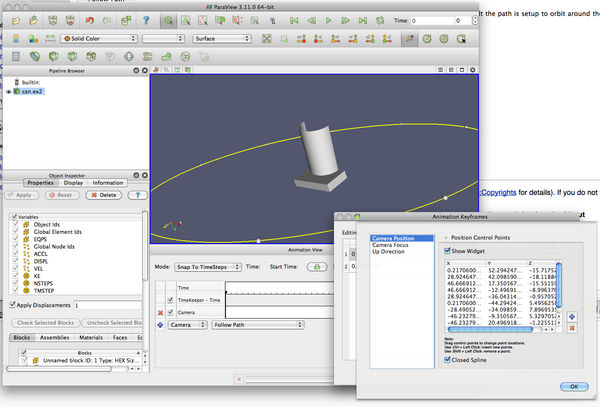A Users Guide To The View Camera
The view camera is a type of camera first developed in the era of the daguerreotype and still in use today, though with many refinements. It comprises a flexible bellows which forms a light-tight seal between two adjustable standards, one of which holds a lens, and the other a viewfinder or a photographic film holder.
The bellows is a flexible, accordion-pleated box, which encloses the space between the lens and film, and has the ability to flex to accommodate the movements of the standards.The front standard is a board at the front of the camera which holds the lens and, usually, a shutter.At the other end of the bellows, the rear standard is a frame which holds a ground glass, used for focusing and composing the image before exposure, which is replaced by a holder containing the light-sensitive film, plate, or image sensor for exposure. The front and rear standards can move in various ways relative to each other, unlike most other types of camera, giving control over focus, depth of field and perspective.








No comments:
Post a Comment